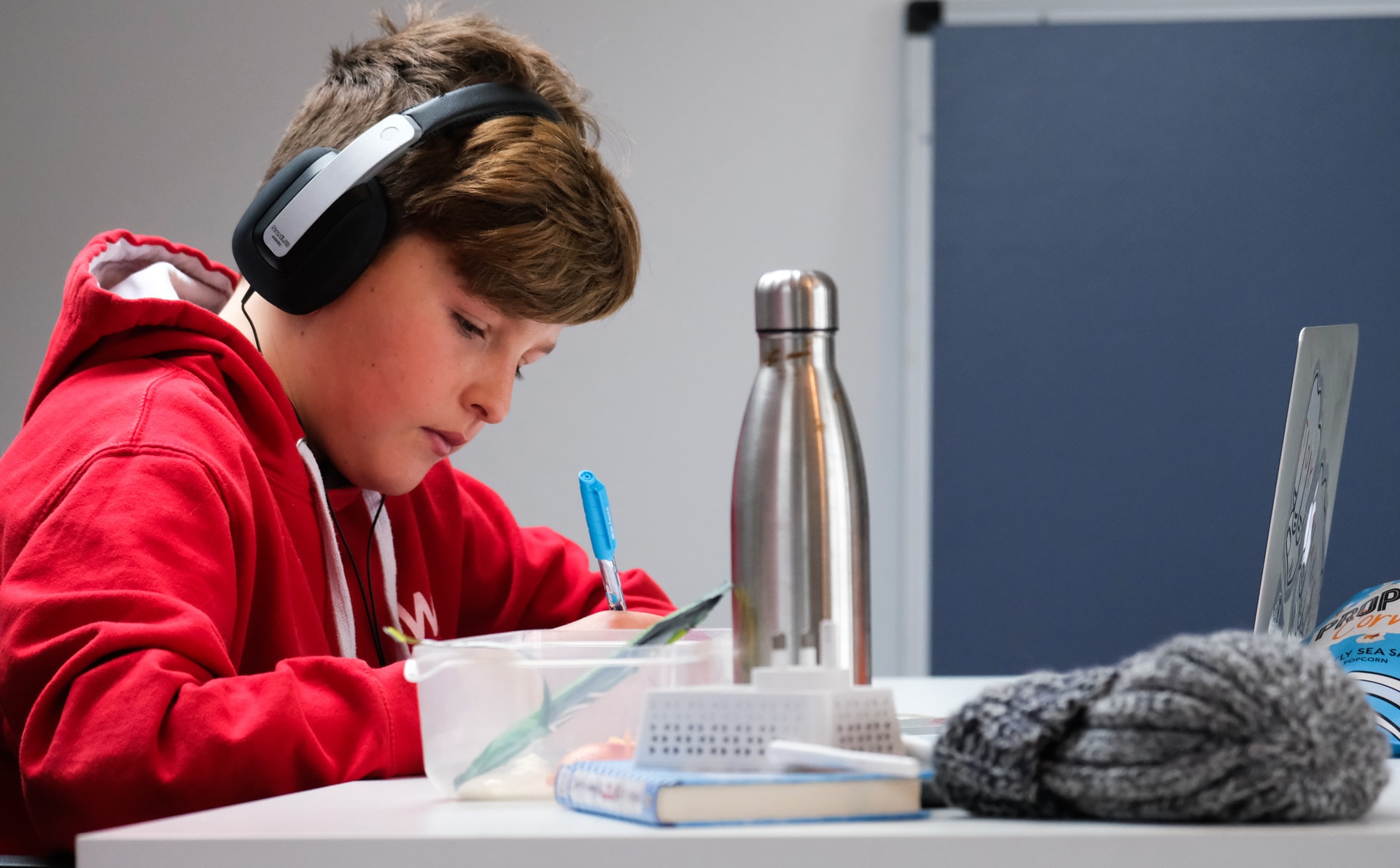Online education is not a new buzz word, we know that; but now it has great relevance because Covid19 has forced educational institutions across the world to adopt online learning since the schools, colleges, and universities have been closed because of this pandemic. Teachers, students, and parents are experiencing a sudden shift from in-person class learning to online learning. Though the world of virtual learning is a bit unfamiliar for most of the schools and colleges, the lockdown has glued learners to computers, laptops, and other devices for internal learning.
Steps for Effective Online Teaching-Learning
Online learning may be challenging for both teachers and students, especially students of younger classes. In this situation, learning needs to be continued, even if classroom learning is not possible. Get ready and keep busy with video lectures, online assignments, and online exams. Now, let us explore the most effective ways to make this online learning experience successful.
Organise Learning Based on Objectives
Analyse the learning objective before starting the class. Identify whether the class you are going to conduct is for mere knowledge sharing purpose, or debate or analysis in a lab setting or a seminar presentation. For knowledge sharing or communicating an idea, you need to ensure the active participation of learners to assure that the students find your lecture and are not bored with the topic. Make it more engaging so that the students get the opportunity to share their feedback and thoughts on the same. When it comes to debate, seminar or workshop, share the pre-readings and structure before the learning process to maximise productivity and to make students actively participate in the interaction. Don’t forget to share the outcomes and feedback after the seminar or workshop to reinforce the importance of the session.
Set Detailed Rules Beforehand
Before starting the lecture or workshop, state what you expect and share detailed rules regarding the discussion in addition to the objectives. Give clear guidelines regarding the code of conduct, question raising time, review method etc. Learners should be well prepared before starting the session.
Inclusive and Successful Internation
Ensure maximum participation from the students’ side. For students with weaker online connections, you need to consider providing extra sessions so that you can assure all students are open to knowledge. Let your online teaching be active and not passive. Take a direct look through the webcam and make the students aware that you are actively monitoring and imparting lessons through powerful body language. Assure the clarity of the audio connectivity for better knowledge transmission.
Practising with Visual Communication Tools
Since the scenario is online learning, there is a greater opportunity for you to use various kinds of visual aids to make the learning more interesting. Use of visual aids and interesting teaching materials can make the students more engaging. Through this, you can make them practice more. Online videos, slide shows, presentations, infographics, etc can be used effectively to impart knowledge to students.
Online class
Take Short Breaks in Between
Unlike in-person classroom session, long-duration online classes may be boring for students. Give a short break from the classes letting students stretch their body, re-energize, and take some time to take looks away from laptop/computer screen. You can use some fun elements via online video as an icebreaker in the midst of the course.
Be Concise and Engaging
You may have a lot of content to impart, but keep attention spans in mind: research suggests students lose interest in taking notes after 10-15 minutes. It would be a good start to limit classes to no more than 45 minutes. This limit can help your learners be more motivated and focused during class activities and discussions. If you need more time, consider multiple sessions with breaks in between. A narrative for each session, videos, open questions, polls, etc is more helpful to refresh the learners and make them more engaging through the 45-minute course.
Engage Peer Learning
To get the learning session active, make the class more activity-oriented. Induce teamwork to foster debate and idea exchanges as well as good communication skills. As a kind of community learning, peer-to-peer learning helps students to strengthen their interaction and understand their pace of learning. Furthermore, it will help students to enhance their critical thinking skills, teamwork, brainstorming skill, and ability to review concepts. Tutors can organize live sessions such as debate and discussions to promote peer interaction, allowing students to question, answer and share their ideas among themselves. Create small groups or pairs before the live session so that the students can learn collectively. Prepare some questions and pose them for students to solve them through collaborative learning and form inferences of their own.
Reconsider Assessment
Unlike classroom learning, online education offers limited opportunities to control and observe the sessions. Reconsider your assessment methodologies and learning objectives according to the course. Foremost, plan what you have to evaluate after each session and revise the assessment methods accordingly. Be it an evaluation of the learners’ ability to use the learned concepts in a practical situation or mere comprehension of knowledge, find new ways to test whether you have successfully completed your part and learners performed as per your plan.
Bottom Line
Though the transaction from in-person classroom learning to online learning is sudden and temporary, it can bring a lasting impact on how education needs to be imparted. Consider each session as a chance to experience something new; integrate modifications and innovations in your next session and review whether it works well. When the lockdown ends and you go back to your classroom teaching, you can employ these newly learned tactics into your course to best serve the learning objectives.



